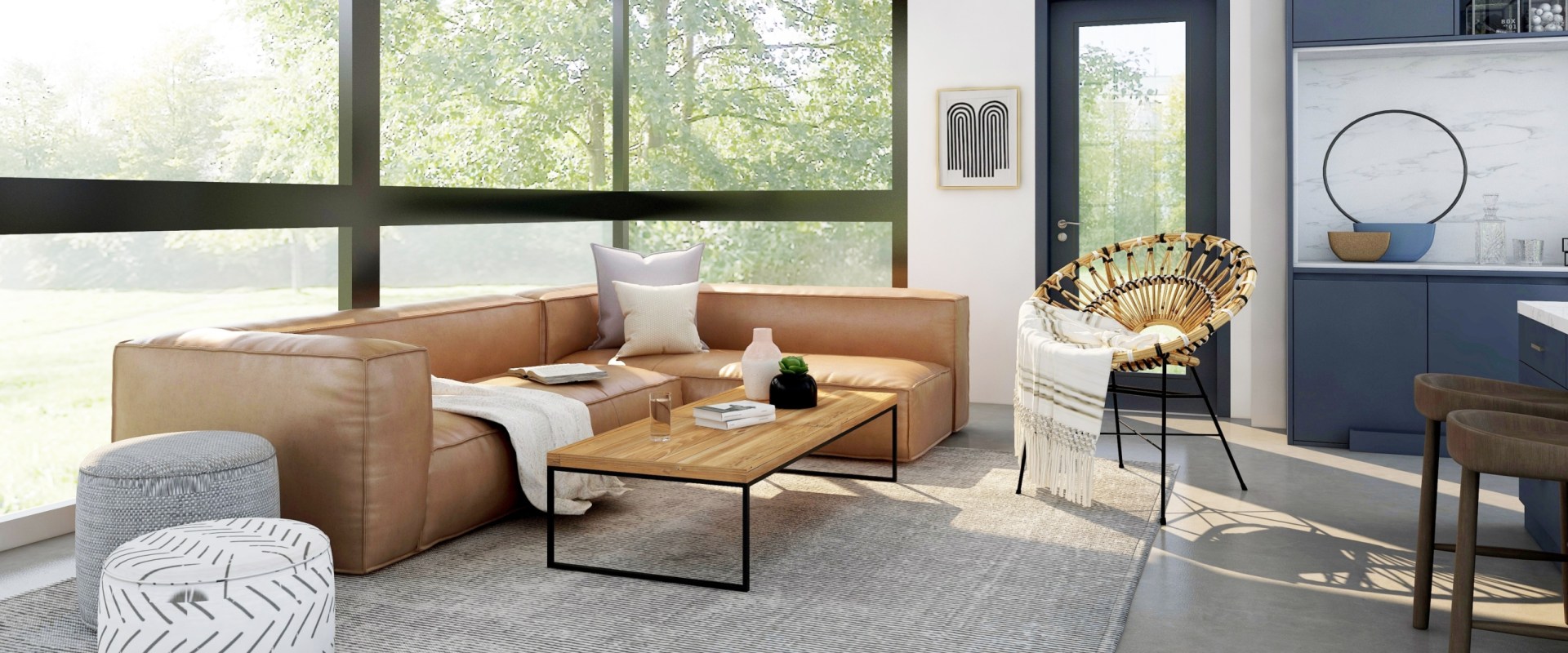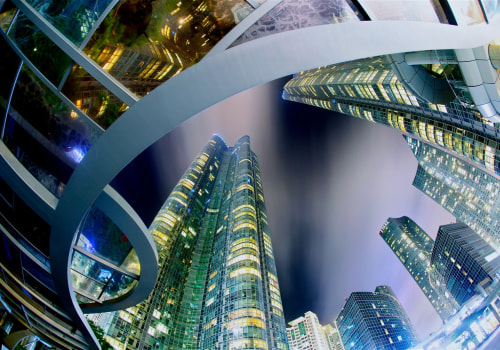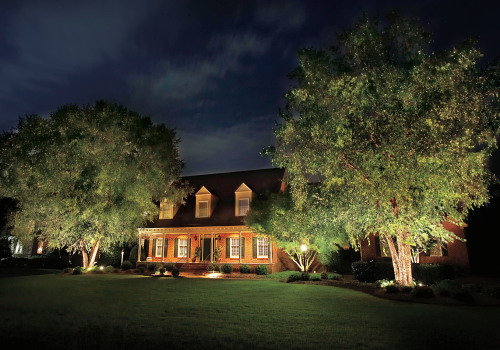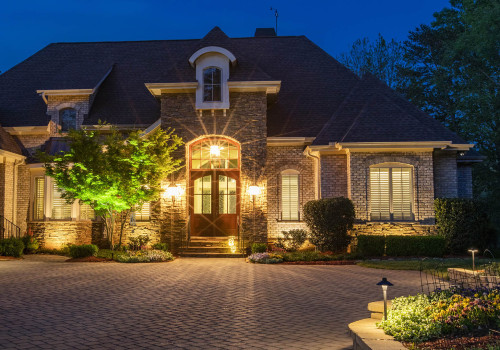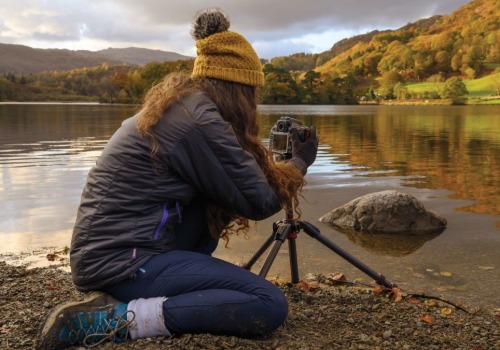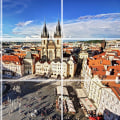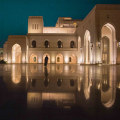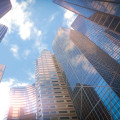When it comes to capturing stunning interior architectural photography, camera settings and lenses are key. Whether you're a professional photographer or an enthusiast, understanding the basics of these two elements will help you create beautiful, eye-catching images. In this article, we'll break down the different camera settings and lenses you need to know in order to get the most out of your interior architectural photography. We'll start by looking at the different types of camera settings you need to consider when shooting interior architecture. We'll explain the function of each setting and how they can help you achieve the perfect shot.
Next, we'll discuss lenses and how they can affect the overall look of your photos. Finally, we'll provide some tips on how to choose the right camera settings and lenses for your interior architectural photography. Interior architectural photography is a unique skill that requires a special combination of camera settings and lenses to capture the desired look. It is important to understand the different types of lenses and the roles they play in producing different aesthetic effects. Wide angle lenses are great for capturing the entire space while telephoto lenses can be used to capture details and isolate certain elements.
A range of focal lengths can also be used to create panoramic shots. It is also important to understand the different types of camera settings that can be used to create different looks. Aperture, shutter speed, and ISO all play a role in creating the desired aesthetic. Aperture controls the amount of light that enters the lens, shutter speed determines how long the shutter stays open, and ISO determines the sensitivity of the camera’s sensor.
Achieving Different LooksInterior architectural photography can be used to create a range of different looks. Light and airy photos are created by using a wide aperture and a slow shutter speed, while dark and moody photos are created by using a narrow aperture and a fast shutter speed. To achieve sharp and precise photos, it is important to use a tripod and keep the camera steady when taking the shot.
Using Natural Light
Natural light is often used in interior architectural photography to create a more naturalistic look.To make the most of natural light, it is important to pay attention to the direction of the light source and how it interacts with different surfaces in the room. Positioning your subject so that it is illuminated by natural light can create beautiful images with soft shadows and highlights.
Using Artificial Light
Artificial light can also be used to create interesting effects in interior architectural photography. Flash units can be used to light up dark corners or illuminate certain features of a room, while colored gels can be used to add a splash of color to an otherwise monochromatic scene.Artificial light can also be used to create long exposures, allowing the photographer to capture motion or light trails in a single shot.
Pros and Cons of Different Lenses
Different lenses have different pros and cons when it comes to interior architectural photography. Wide angle lenses are great for capturing large rooms or entire spaces, while telephoto lenses are great for capturing details and isolating certain elements. Fish-eye lenses can be used to create a distorted effect, while macro lenses can be used for extreme close-up shots.Each lens has its own advantages and disadvantages, so it is important to choose the right one for each situation. Interior architectural photography requires a special combination of camera settings and lenses in order to capture the desired look. By understanding how different camera settings and lenses work together, photographers can create unique and interesting images that show off the beauty of a space in a unique way.
Lenses
When it comes to interior architectural photography, the right lens is essential for capturing the desired look. Different types of lenses offer different perspectives and characteristics that can greatly influence the outcome of a photograph. Wide-angle lenses are often the go-to choice for interior architectural photography as they allow for greater coverage of a scene and can provide an interesting perspective.Fisheye lenses are also useful when wanting to capture a unique, distorted look. Telephoto lenses, on the other hand, offer greater magnification and can be great for capturing details from afar. Wide-angle lenses are great for capturing large scenes and providing an interesting perspective. These lenses have a wider field of view, which allows them to capture more of a scene than a standard lens.
This can be helpful when shooting in tight spaces or when you want to emphasize certain aspects of an interior. The wide angle can also create an interesting distortion, which can be great for emphasizing certain elements of a room. Fisheye lenses are a great choice for interior architectural photography as they provide a unique look that can’t be achieved with other types of lenses. These lenses have an extreme wide-angle view and provide a distorted, curved effect that can be great for emphasizing certain elements or providing an interesting perspective.
Telephoto lenses are great for capturing details from afar and can be used to create interesting effects. These lenses have a narrow field of view, which makes them ideal for capturing small details from far away. They can also be used to compress perspective and create interesting effects. No matter which type of lens you choose for your interior architectural photography, it’s important to understand how each lens will affect the overall look of the photograph.
Each type of lens offers its own unique characteristics that can make or break the success of your images.
Camera Settings
When taking interior architectural photographs, it is important to understand the different camera settings available. These settings include aperture, shutter speed, ISO, white balance, focus mode, and more. Adjusting these settings can help create the desired effects in your photos. Aperture is a setting that determines the amount of light that is allowed into the camera. The larger the aperture, the more light that will enter the camera.A wider aperture will result in a shallow depth of field, creating a blurry background and bringing the subject into focus. Conversely, a smaller aperture will result in a greater depth of field, making both the background and foreground appear sharp. Shutter speed controls how long the shutter stays open when taking a photograph. A slower shutter speed will allow more light into the camera but will also introduce motion blur. A faster shutter speed will reduce motion blur but may require a higher ISO or wider aperture to let enough light into the camera.
It's important to strike a balance between shutter speed and ISO to avoid noise in your photos. ISO determines how sensitive the camera's sensor is to light. A higher ISO will result in a brighter image, but it can also introduce noise into the photograph. It's best to keep the ISO as low as possible while still allowing enough light into the camera. White balance adjusts the colors in your photographs so they appear natural. Depending on your lighting situation, you may need to adjust your white balance settings to achieve accurate colors in your photos. Focus mode determines how your camera focuses on a subject.
Manual focus allows you to manually adjust the focus point while autofocus uses sensors to automatically focus on the subject. It's important to choose the right focus mode for your interior architectural photographs. These are just some of the settings you can adjust when taking interior architectural photographs. Knowing how to adjust these settings can help you achieve the desired look in your photographs. In conclusion, when taking interior architectural photos, it is essential to understand how to use the right camera settings and lenses. Different camera settings and lenses will help you achieve different looks and effects in your photos.
Understanding the basics of shutter speed, aperture, ISO, and focal length can help you get the most out of your interior architectural photographs. With the right combination of camera settings and lenses, you can create stunning images that capture the beauty of the space. With practice and experimentation, you can develop an eye for interior architecture photography. As you gain more experience, you'll be able to make more accurate decisions on which settings and lenses to use for each situation. With the right knowledge, you can create beautiful and memorable photos that will last a lifetime.

